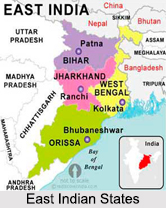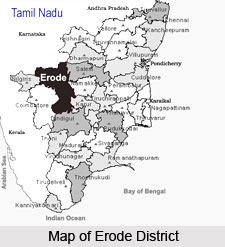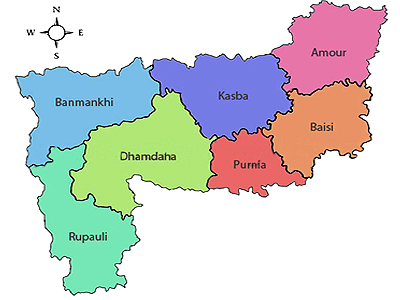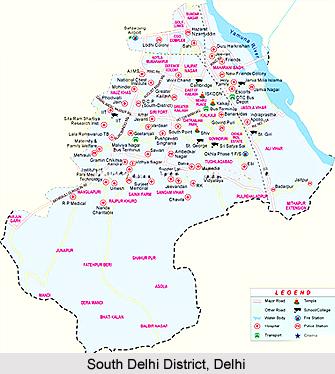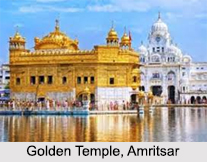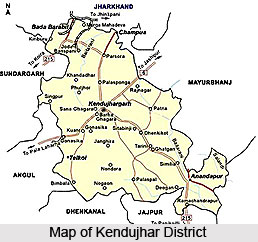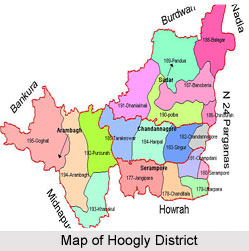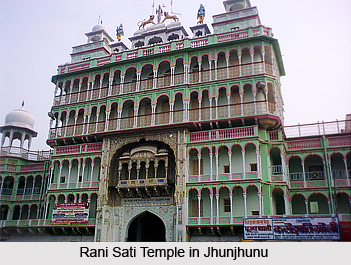 In the historical times Jhunjhunu was an ancient city but later a district developed around this kingdom. It is one of the biggest districts in Rajasthan. The history of Jhunjhunu is dotted with tales of bravery and sacrifice on the part of the Rajputs. The district has seen continuous struggle for its defence and as a result gory wars ensued in the beginning. Later part of its history, however, had a completely different tale to tell. Jhunjhunu is itself a part of the Shekhawati Region. The exact foundation of the district is still unknown. It is believed that Jhunjhunu was ruled over by the Chauhan Dynasty in the year 1045 by Sidhraj. He was a well-known king of the region. In 1450 Mohammed Khan and Samas Khan, his son defeated the Chauhans and captured Jhunjhunu.
In the historical times Jhunjhunu was an ancient city but later a district developed around this kingdom. It is one of the biggest districts in Rajasthan. The history of Jhunjhunu is dotted with tales of bravery and sacrifice on the part of the Rajputs. The district has seen continuous struggle for its defence and as a result gory wars ensued in the beginning. Later part of its history, however, had a completely different tale to tell. Jhunjhunu is itself a part of the Shekhawati Region. The exact foundation of the district is still unknown. It is believed that Jhunjhunu was ruled over by the Chauhan Dynasty in the year 1045 by Sidhraj. He was a well-known king of the region. In 1450 Mohammed Khan and Samas Khan, his son defeated the Chauhans and captured Jhunjhunu.
The first Nawab of Jhunjhunu was thus Mohammed Khan. After him his son ascended the throne in 1459 A.D. it was Samas Khan who founded the Samaspur village and constructed the Samas Talab. The last nawab of this kingdom was Rohilla Khan. According to the history of Jhunjhunu the nawabs ruled over the region for 280 years. The last nawab had great faith in his Diwan, Shardul Singh. He was bold, chivalrous, courageous and proficient administrator. After the death of Rohilla Khan in 1730 Shardul Singh occupied Jhunjhunu.
Rohilla Khan was the last Nawab of Jhunjhunu. The Nawabs ruled over Jhunjhunu for 280 years. Rohilla Khan had imposed a great faith in Shardul Singh and he acted as his Diwan. Shardul Singh was a very courageous, bold, brave and efficient administrator. He occupied Jhunjhunu, after the death of Rohilla Khan in 1730.
The list of nawabs that ruled the district include:
•Mohammed Khan
•Samas Khan
•Fateh Khan
•Mubark Shah
•Kamal Khan
•Bheekam Khan
•Mohabat Khan
•Khijar Khan
•Bahadur Khan
•Samas Khan Sani
•Sultan khan
•Vahid Khan
•Saad Khan
•Fazal Khan
•Rohilla Khan
Shardul Singh was the descendant of Rao Shekha ji. By sheer political wit and a great demeanor he was successful in capturing the district of Jhunjhunu. He ruled over the kingdom for 12 years. During his reign the king has built several religious sites. Amongst the many temples are the Kalyan Ji Mandir and Gopinath Ji Ka Mandir at Jhunjhunu.
After his death the kingdom was divided equally into 5 parts amongst his sons. In the memory of their father his sons made a monumental dome at Parasrampura, which is famous for its fresco paintings. The administration of his five sons was collectively known as "Panchpana."
The later rulers were brave like their father and successfully ruled the empire. They were instrumental in establishing new villages, towns, palaces and forts. They encouraged trade and this had a positive effect on the economy of the empire. The merchants flocked to the empire for business. As a result several new havelis came up in the district of Jhunjhunu. These are now popular places of attraction in the district. The deft craftsmanship of the age is reflected in the grand buildings. They also denote the state of prosperity in which the district was. These merchants also contributed in beautifying the city.
Apart from the struggles what sets the history of Jhunjhunu apart, it is its growth as a center for performing arts and handicrafts. Some of the most outstanding Rajasthani paintings are to be found here.
There are hundreds of such havelis in the prominent towns of the district such as Jhunjhunu, Nawalgarh, Mandawa, Mukundgarh, Dundlod, Chirawa, Bissau, Mahansar, Pilani etc., which bear the wonderful fresco painting in various everlasting colours and designs.
To put it briefly every corner of the district of Jhunjhunu encompasses the legends of Rajput bravery.
